Optimal TV Console Height & Creative Wire-Hiding Solutions for Your Living Space
Table Of Contents
- Understanding the Importance of TV Console Height
- Determining the Ideal TV Console Height for Your Space
- Ergonomic Considerations for TV Viewing
- The Cable Clutter Problem: Why Wire Management Matters
- 10 Effective Solutions to Hide TV Wires
- DIY Wire Management Projects
- What to Look for in a Wire-Management Friendly TV Console
- Maintaining a Clean Entertainment Area
There's nothing quite like settling in for a movie night in front of your perfectly positioned television—until you notice the tangle of wires cascading down your wall like an electronic waterfall. Despite our best efforts to create stylish, sophisticated living spaces, television wires and improper console height can quickly undermine the aesthetic appeal we work so hard to achieve.
At Loft Home Furniture, we understand that the perfect entertainment setup goes beyond just selecting a beautiful TV console—it involves creating a harmonious arrangement where functionality meets design. The height of your TV console and the management of unsightly cables play crucial roles in both the comfort of your viewing experience and the visual appeal of your living space.
In this comprehensive guide, we'll explore the optimal heights for TV console placement, factors that influence these measurements, and creative solutions for hiding those pesky wires and cables. Whether you're setting up a new entertainment area or looking to refine your existing space, these insights will help you create a sleek, professional-looking entertainment center that enhances your home's overall design.
Understanding the Importance of TV Console Height
The height at which you place your television isn't just about aesthetics—it significantly impacts your viewing comfort and can even affect your physical well-being over time. A TV positioned too high forces you to crane your neck upward, potentially causing strain and discomfort during extended viewing sessions. Conversely, a television placed too low may have you slouching forward, leading to poor posture and potential back issues.
Beyond comfort, the height of your TV console influences the overall balance and proportion of your living space. A well-positioned entertainment center serves as an anchor for the room, creating visual harmony with surrounding furniture pieces. When properly placed, your TV console can become an integral part of your interior design rather than an awkward necessity.
TV console height also affects the viewing experience itself. The optimal position ensures minimal glare from windows and lighting fixtures, proper viewing angles for all seating positions, and an immersive experience that allows you to enjoy your favorite content without distractions or discomfort.
Determining the Ideal TV Console Height for Your Space
When it comes to determining the perfect height for your TV console, there's no one-size-fits-all answer. Several factors come into play, including your room dimensions, seating arrangement, TV size, and personal preferences. However, there are some general guidelines that can help you find the sweet spot for your setup.
Standard Height Measurements
The industry standard suggests that the center of your TV screen should be positioned at eye level when seated. For most living rooms with standard sofas, this typically means the center of the screen should be approximately 42-48 inches (107-122 cm) from the floor. Working backward from this measurement, you can determine the ideal height for your TV console.
For example, if you have a 55-inch TV with a center point that's 27.5 inches from the bottom of the screen, and you want the center at 45 inches from the floor, your TV console should be about 17.5 inches tall (45 inches minus 27.5 inches). Of course, this calculation changes based on whether you're mounting the TV above the console or placing it directly on the furniture piece.
Room-Specific Considerations
The function of your room may alter these standard recommendations. In bedrooms, where you're likely viewing from a reclined position, the TV can be positioned slightly higher. Conversely, in a media room with cinema-style seating, you might position the TV lower to accommodate the viewing angle from reclined seats.
The distance between your seating and the TV also influences the optimal height. Generally, the further away your seating is positioned, the higher your TV can be placed while still maintaining comfortable viewing angles.
Ergonomic Considerations for TV Viewing
Ergonomics plays a significant role in determining the best height for your TV console. The goal is to create a comfortable viewing experience that doesn't strain your body, even during movie marathons or gaming sessions.
Ideally, your neck should remain in a neutral position while watching television. This means your gaze should be directed straight ahead or tilted slightly downward—never upward for extended periods. When your TV is positioned at the correct height, you should be able to watch comfortably without adjusting your posture or feeling strain in your neck or eyes.
For optimal ergonomics, consider these additional factors:
- The top of the TV screen should be at or slightly below eye level when seated
- Viewing distance should be approximately 1.5 to 2.5 times the diagonal screen size
- Screen should be positioned perpendicular to windows when possible to reduce glare
- Ambient lighting should complement rather than compete with screen brightness
Remember that these guidelines may need adjustment based on individual preferences and physical needs. Those with specific conditions like neck problems might benefit from a slightly lower position, while taller individuals might prefer a higher placement.
The Cable Clutter Problem: Why Wire Management Matters
Even with the perfect TV console height, your entertainment setup can look messy and unfinished if cables and wires are visibly tangled below your television. Cable clutter not only detracts from your interior design but can also create practical issues—from dust collection to safety hazards if wires become trip risks.
Wire management is particularly important in modern homes where sleek, minimalist designs are popular. The contrast between a beautifully designed TV console and a chaotic tangle of exposed cables can undermine your entire aesthetic vision. Additionally, proper cable organization makes it easier to troubleshoot issues, add or remove components, and clean your entertainment area.
The benefits of effective wire management extend beyond aesthetics. Organized cables experience less wear and tear from bending and tangling, potentially extending the lifespan of your electronic equipment. Proper organization also improves airflow around devices, reducing the risk of overheating and related performance issues.
10 Effective Solutions to Hide TV Wires
Creating a polished entertainment area means addressing those unsightly cables. Here are ten practical solutions to effectively hide TV wires and create a cleaner, more sophisticated look:
1. Choose a TV Console with Built-In Wire Management
The simplest solution often starts with selecting the right furniture. Many TV consoles from Loft Home Furniture feature built-in cable management systems with strategic cutouts, hidden compartments, or designated channels that keep wires organized and out of sight while still allowing easy access for connections and adjustments.
2. In-Wall Cable Concealment Kits
For a truly seamless look, especially if your TV is wall-mounted, consider an in-wall cable concealment kit. These systems allow you to run cables through your wall, with entry points behind your TV and exit points near your console or outlets. While this solution requires some installation work, the result is completely hidden wires without any visible elements.
3. Cord Cover Raceways
If you're renting or prefer not to cut into walls, cord cover raceways offer an excellent alternative. These plastic or metal channels attach to your wall's surface and can be painted to match your wall color. Simply run your cables through these channels for a clean, organized appearance without permanent modifications to your space.
4. Fabric Cord Covers
For a softer approach, fabric cord covers provide flexibility and ease of use. These sleeve-like covers bundle multiple cables together in a cloth tube that can blend with your wall color or coordinate with your décor. They're particularly useful for temporary setups or when you need frequent access to your cables.
5. Behind-Console Cable Management Systems
Various cable management systems including trays, clips, and ties can be mounted to the back of your TV console to keep wires bundled and organized. These systems are invisible from the front while keeping cables accessible and preventing them from tangling behind your furniture.
6. Decorative Boxes or Baskets
For components that must sit near outlets, such as power strips or adapters, consider using decorative boxes or baskets that complement your interior design. These can be positioned strategically near your console to contain excess cable length and bulky power components while adding a decorative element to your space.
7. Cord-Concealing Furniture
Beyond TV consoles, consider other furniture pieces designed with cord concealment in mind. Living room items like side tables with built-in charging stations or entertainment centers with integrated power management can help maintain a wire-free appearance throughout your space.
8. Wireless Solutions
Minimize cables altogether by adopting wireless technology where possible. Wireless speakers, streaming devices, and even some newer TV models offer connectivity options that reduce the need for physical cables, creating a naturally cleaner setup with fewer wires to manage.
9. Strategic Furniture Placement
Sometimes the simplest solution involves careful arrangement of your existing furniture. Positioning pieces like bookshelves, plants, or decorative screens to naturally block views of cables can be quite effective without requiring special products or installation.
10. Wall-Mounted Cord Covers with Artistic Elements
Transform necessity into design by using decorative wall-mounted cord covers that incorporate artistic elements. Some creative options include covers designed to look like vines, geometric patterns, or architectural details that turn your cable management into a deliberate design feature.
DIY Wire Management Projects
If you enjoy hands-on projects, several DIY approaches can help you conceal wires while adding a personal touch to your entertainment area:
Create a Custom Cord Cover
Using materials like fabric, wood veneer, or decorative paper, you can create custom cord covers that match your exact décor. Start with a basic cord raceway and cover it with your chosen material, securing it with appropriate adhesive. This allows for perfect color coordination with your walls or furnishings.
TV Console Backdrop Panel
A relatively simple woodworking project involves creating a decorative panel that stands behind your TV console, extending slightly higher than your television. This panel can incorporate channels or spaces for cables to run behind it, completely hiding them from view while adding a custom design element to your entertainment area.
Fabric Cord Sleeves
With basic sewing skills, you can create custom cord sleeves from fabric that complements your interior design. These sleeves wrap around multiple cables, bundling them together and providing a finished appearance that can coordinate with your curtains, upholstery, or other textile elements in the room.
When undertaking DIY wire management projects, always prioritize safety by ensuring that cables aren't pinched, crimped, or exposed to heat sources. Maintain proper ventilation around electronic components, and never modify power cords in ways that could compromise their safety features.
What to Look for in a Wire-Management Friendly TV Console
If you're shopping for a new TV console, several features can make wire management significantly easier:
Integrated Cable Management Systems
Look for consoles with built-in solutions like rear panels with cutouts, dedicated wire channels, or hidden compartments specifically designed for cable organization. These features are often seamlessly incorporated into the furniture design, providing practical functionality without compromising aesthetics.
Appropriate Height and Proportions
Select a console with dimensions that work with your specific TV size and mounting preferences. The ideal height should allow your TV to sit at the ergonomically correct viewing level while providing sufficient space for components and cable management below.
Ventilated Component Storage
Ensure your console offers adequate ventilation for electronic components, as proper airflow prevents overheating. Look for cabinets with ventilated backs or shelving with sufficient space between components to promote air circulation.
Accessible Rear Panels
Consoles with removable or easily accessible back panels make connecting and adjusting cables much simpler. This feature allows you to reach cables without moving heavy furniture, making maintenance and system updates more convenient.
Power Management Integration
Some higher-end TV consoles include built-in power strips or USB charging ports, reducing the need for exposed cords running to wall outlets. This integrated approach minimizes visible cables while providing convenient power access for all your devices.
At Loft Home Furniture, we offer a range of TV consoles designed with these features in mind, combining practical wire management solutions with stylish designs that complement various interior styles from Scandinavian to contemporary and industrial.
Maintaining a Clean Entertainment Area
Once you've optimized your TV console height and implemented wire management solutions, regular maintenance will help preserve your polished entertainment area:
Regular Dusting and Cleaning
Electronic components and their cables attract dust. Establish a regular cleaning routine that includes carefully dusting your TV, console, and any visible cable management systems. Use appropriate electronic-safe cleaning products and soft microfiber cloths to prevent damage to screens and surfaces.
Periodic Cable Audits
As you add or remove components from your entertainment system, perform occasional cable audits. Remove any disconnected or unnecessary cables, replace damaged ones, and reorganize connections to maintain optimal wire management. This prevents gradual cable buildup that can undermine your organization system.
Label Your Cables
While hidden from view, labeled cables make troubleshooting and adjustments much easier. Use simple labels near connection points to identify which cable serves which purpose. This small step saves significant time and frustration when you need to reconfigure or troubleshoot your system.
Invest in Quality Cables
Higher-quality cables often have better flexibility, durability, and more manageable lengths. When possible, choose appropriate-length cables rather than excessively long ones that create unnecessary bulk behind your entertainment center.
Creating Your Ideal Entertainment Center
The perfect entertainment center balances function and form, creating a space that's comfortable for viewing while enhancing your home's aesthetic appeal. By positioning your TV at the optimal height and implementing effective wire management solutions, you can transform a utilitarian necessity into a design feature that elevates your entire living space.
Remember that the ideal setup varies based on your specific circumstances, including room dimensions, viewing habits, and design preferences. The guidelines provided here offer a starting point that you can adapt to create your personalized, perfect entertainment area.
At Loft Home Furniture, we understand how important these details are in creating a home that feels both beautiful and functional. Our collection of TV consoles and living room furniture is designed with both aesthetics and practicality in mind, helping you create spaces that truly reflect your personal style while meeting your everyday needs.
Ready to upgrade your entertainment area?
Browse our collection of thoughtfully designed TV consoles featuring integrated wire management solutions and ergonomic heights. Visit our Loft Home Furniture showroom at Gambas Crescent or shop online today to find the perfect piece for your space.


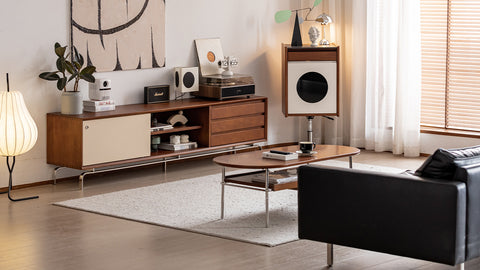
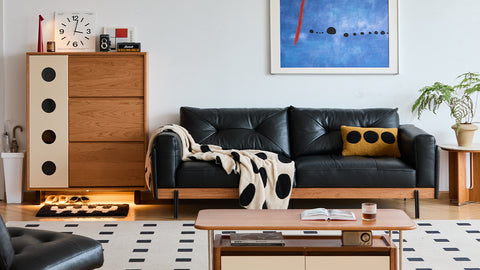
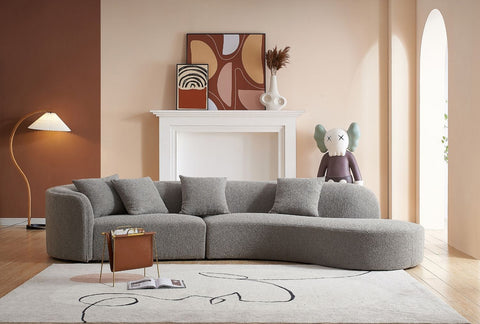
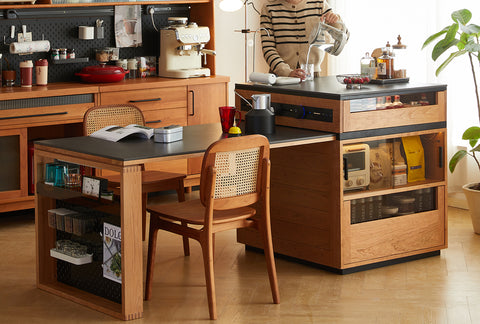

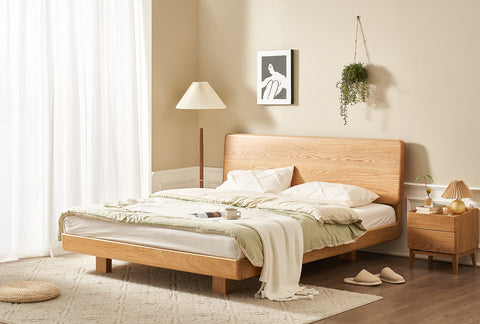






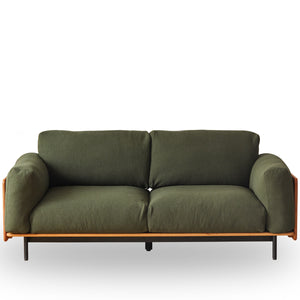

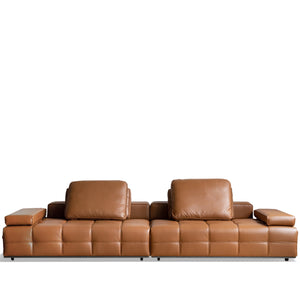

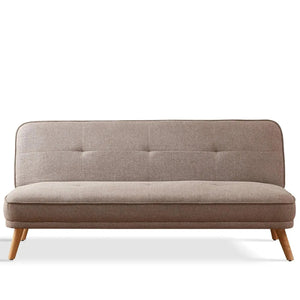



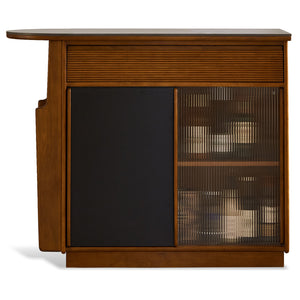
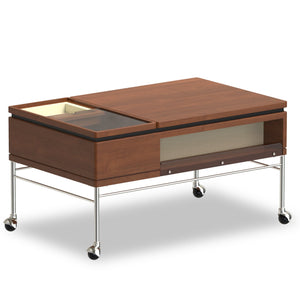
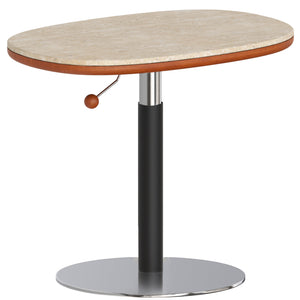
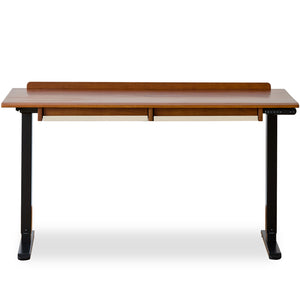

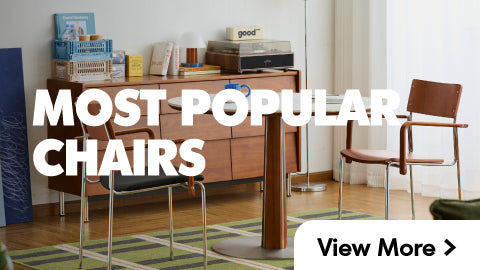
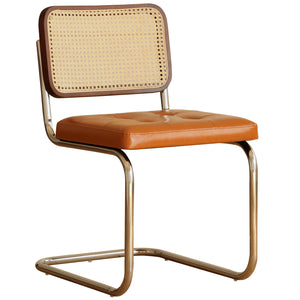
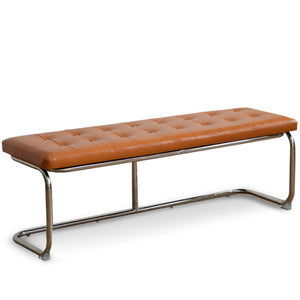
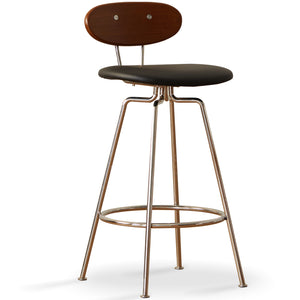
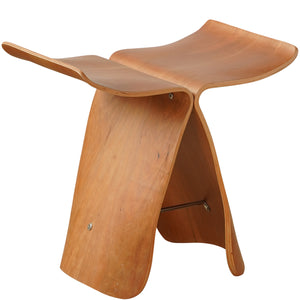

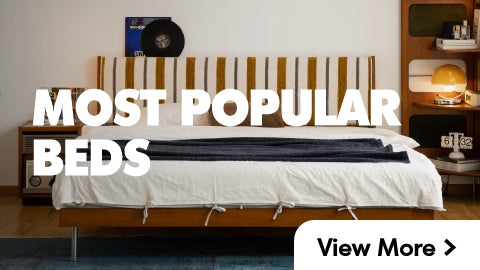
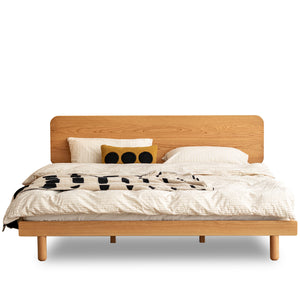



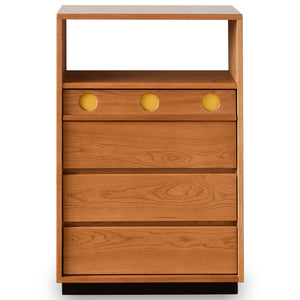
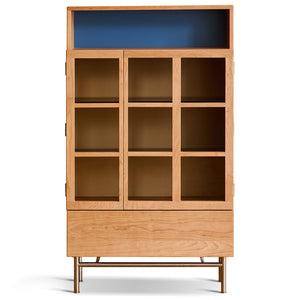
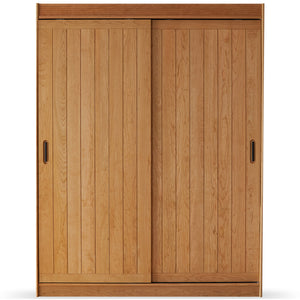
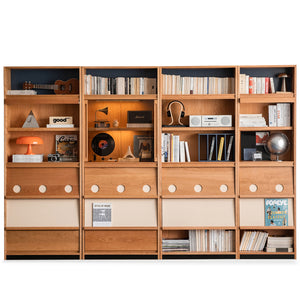
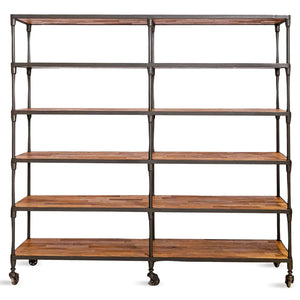
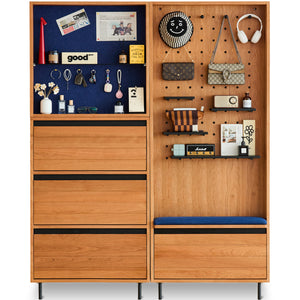
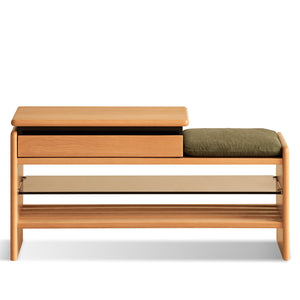
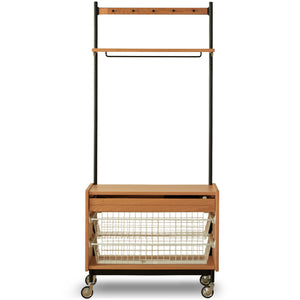






















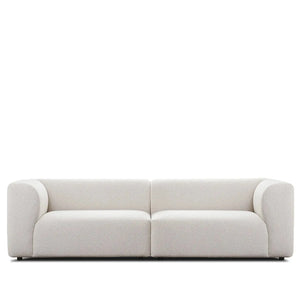




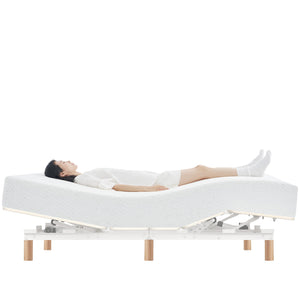
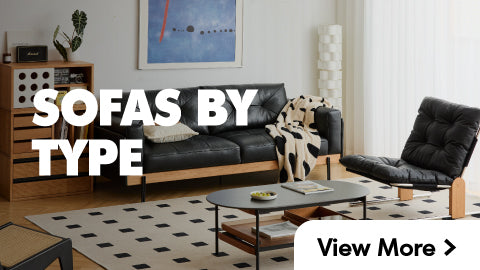
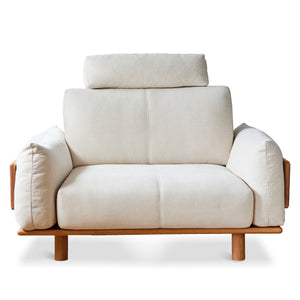
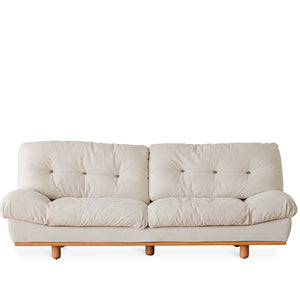
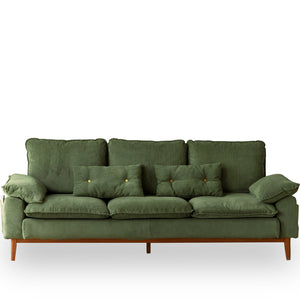


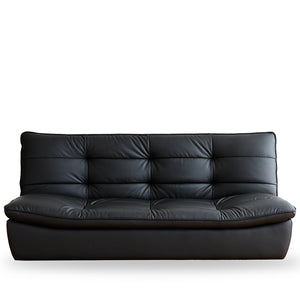
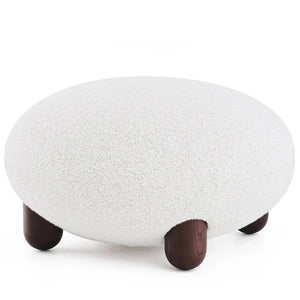
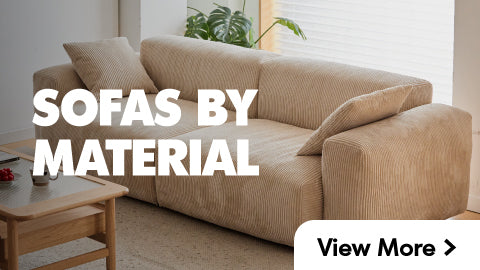
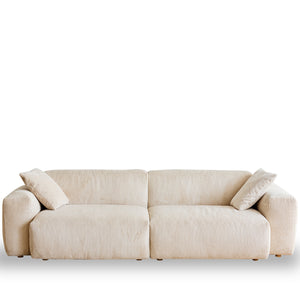
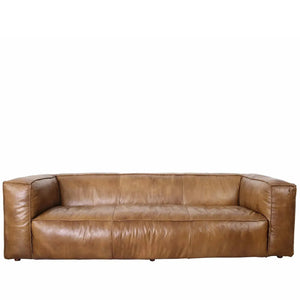
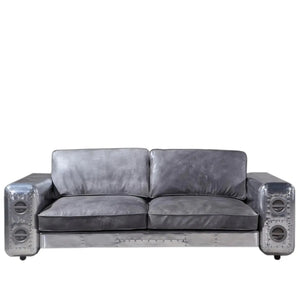
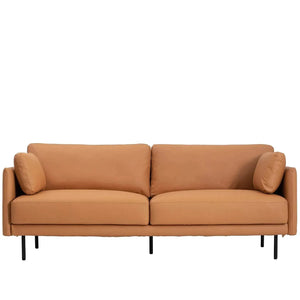
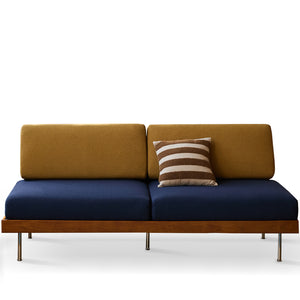
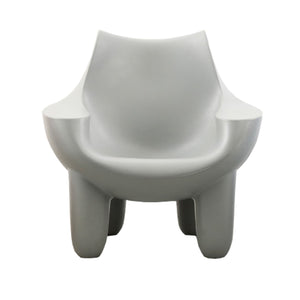
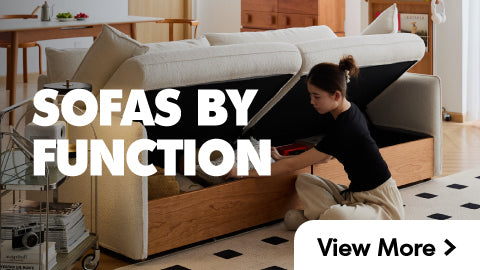
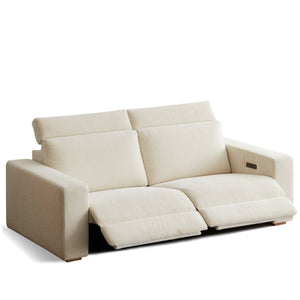
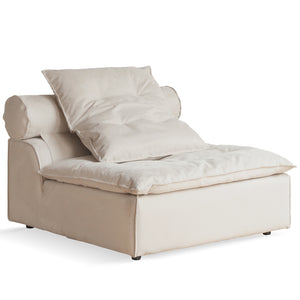
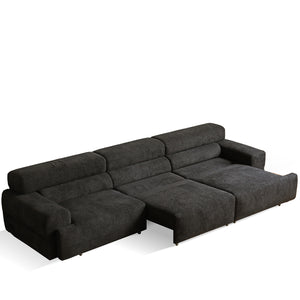


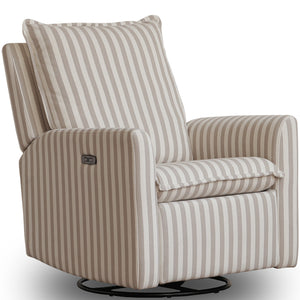
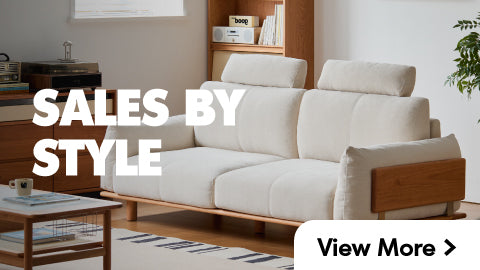
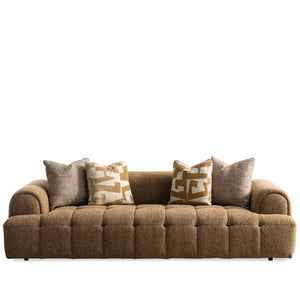
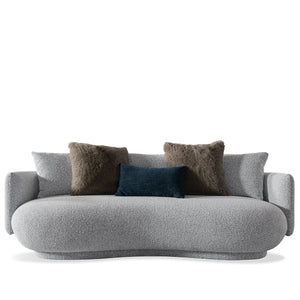

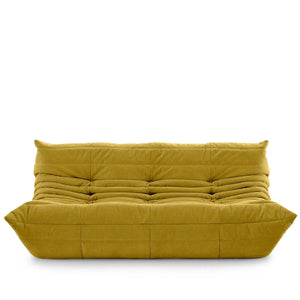
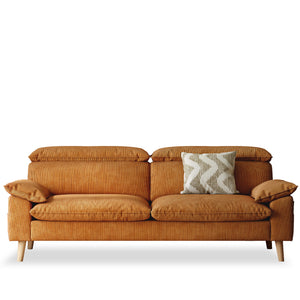
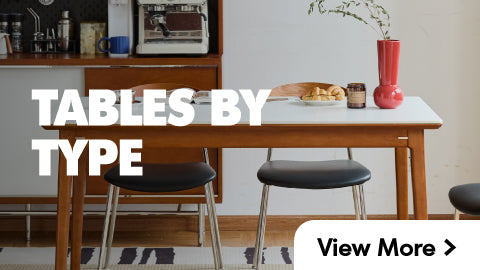
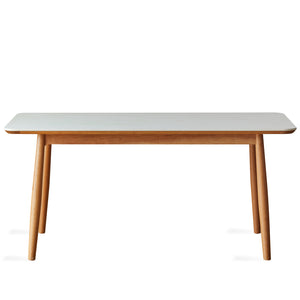

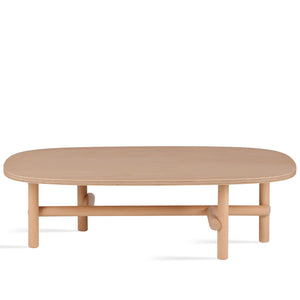
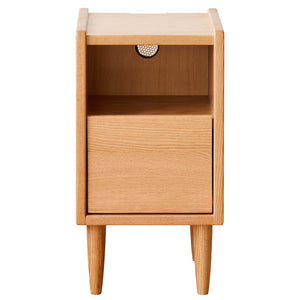
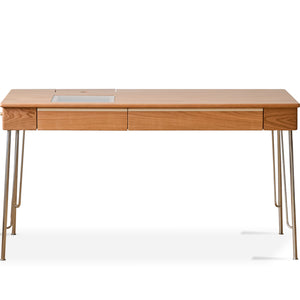
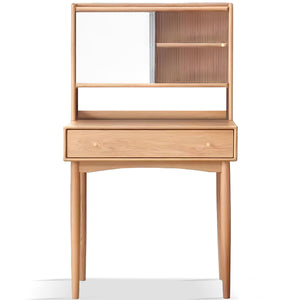
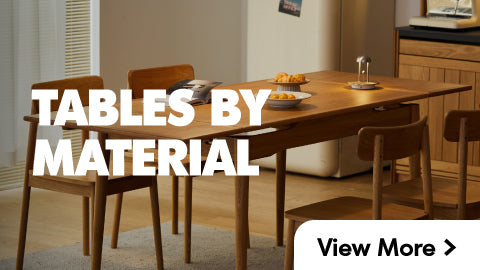

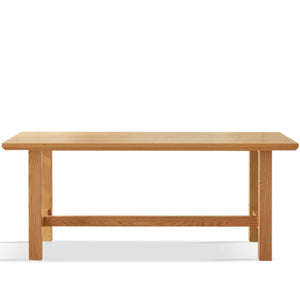

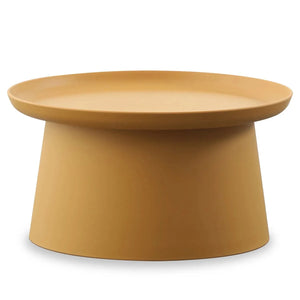
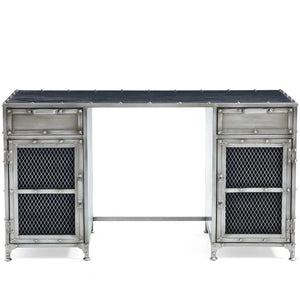
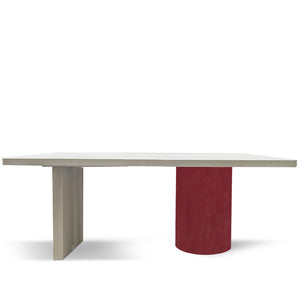
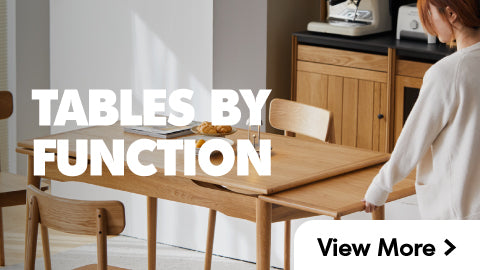
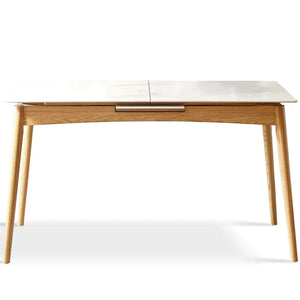
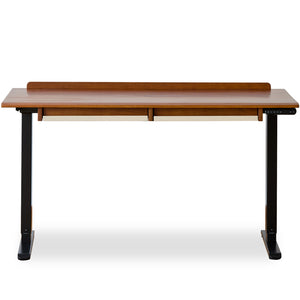
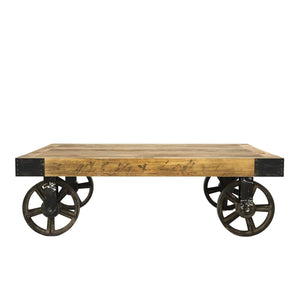
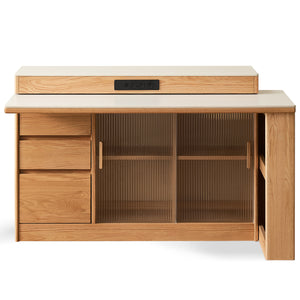
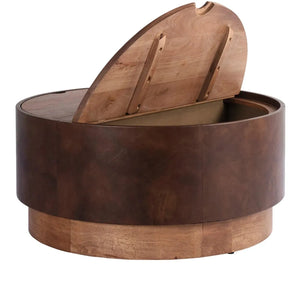
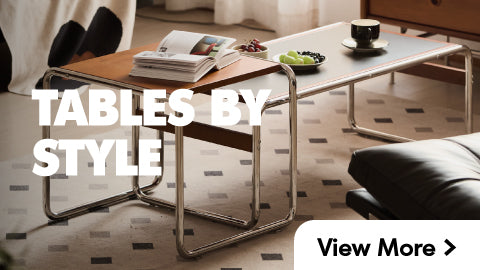
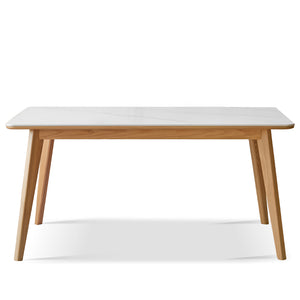
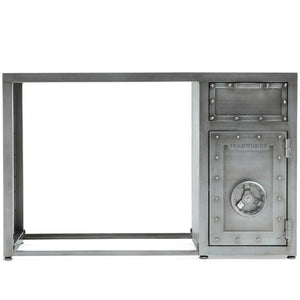
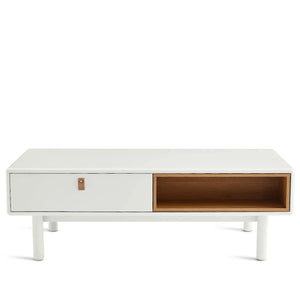

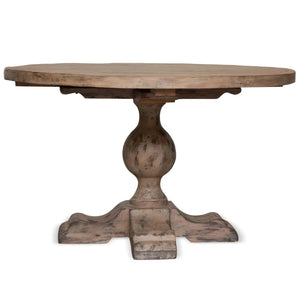
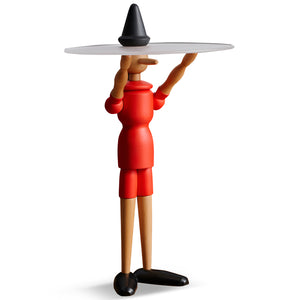
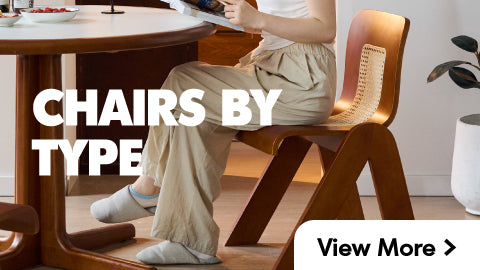
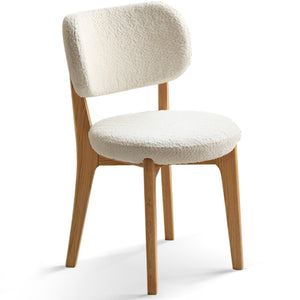
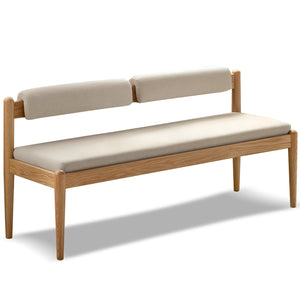
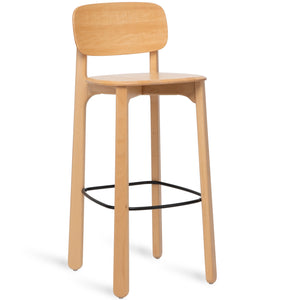
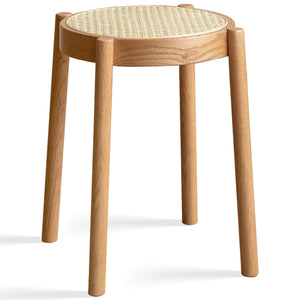


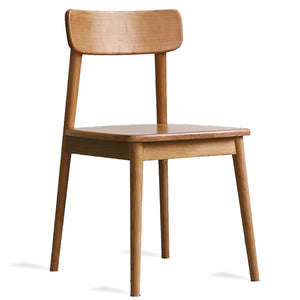

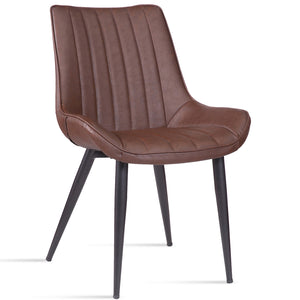

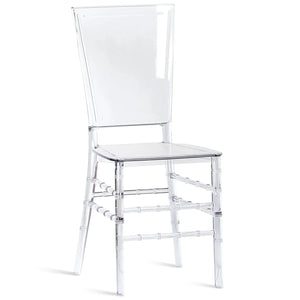

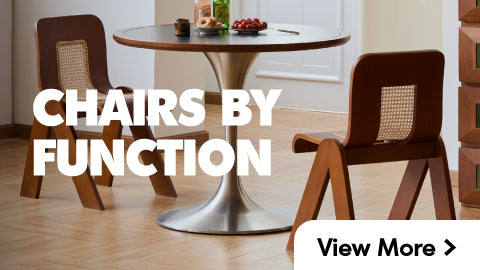
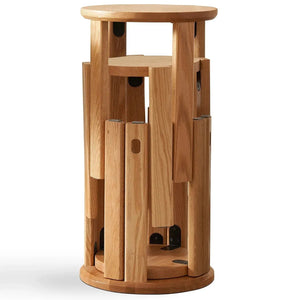

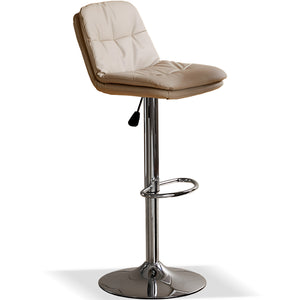
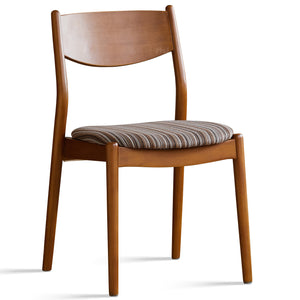

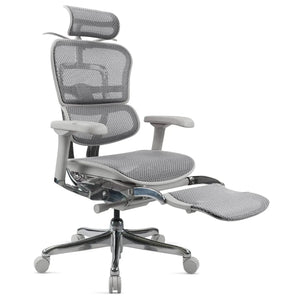
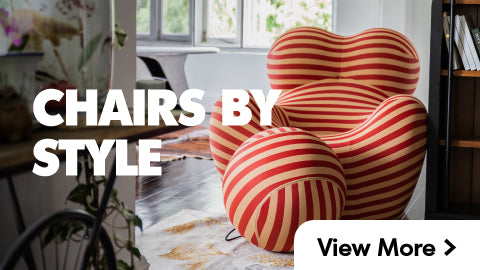
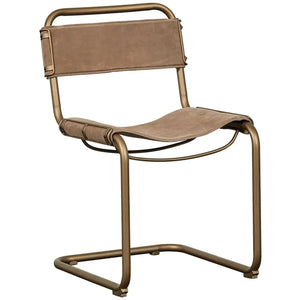
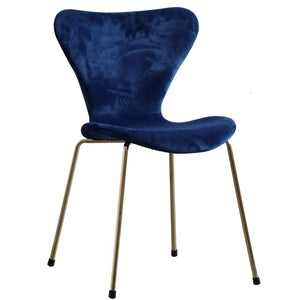
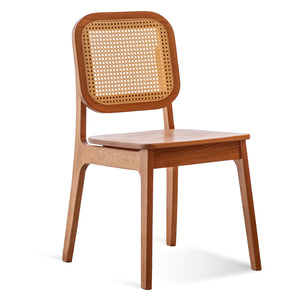



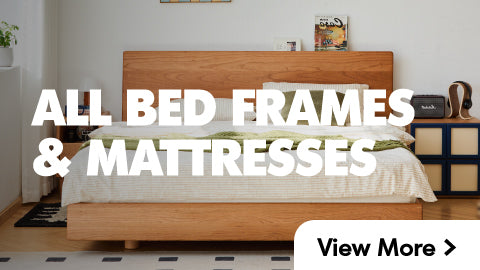
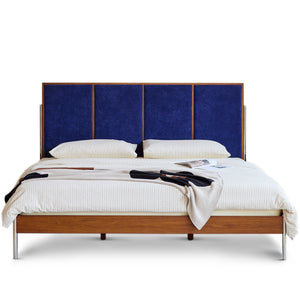
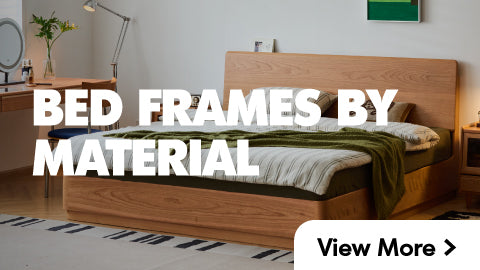
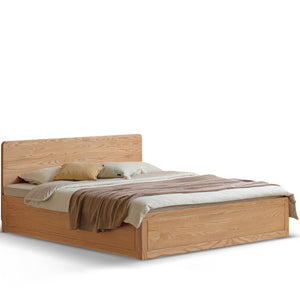
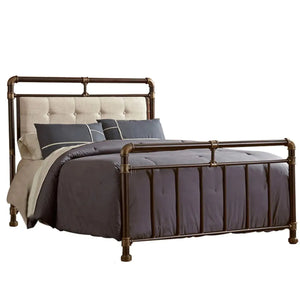
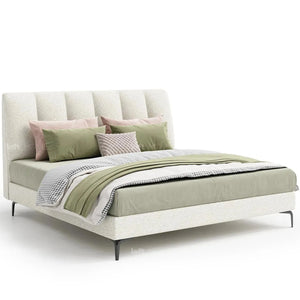
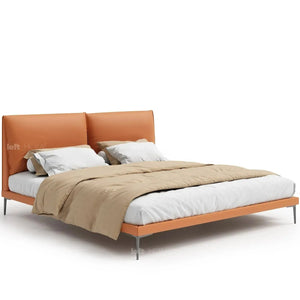
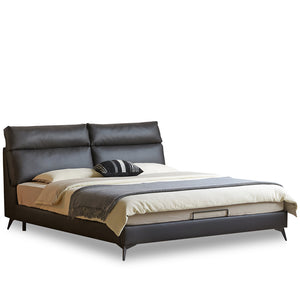
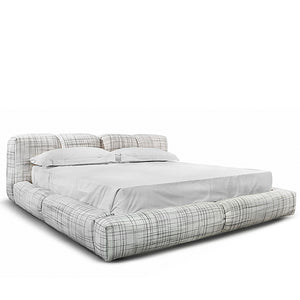

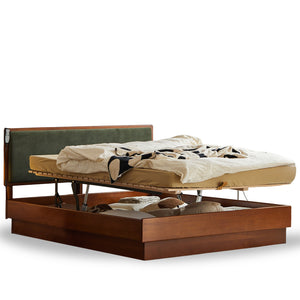

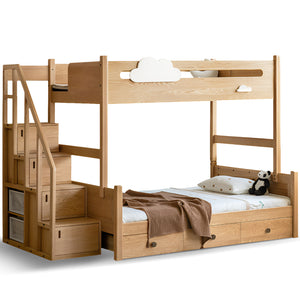

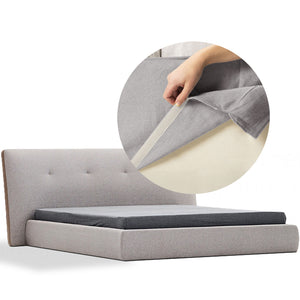
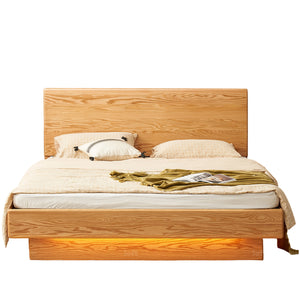
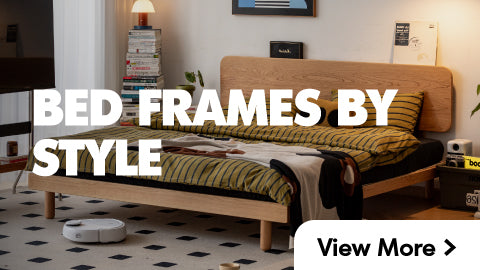

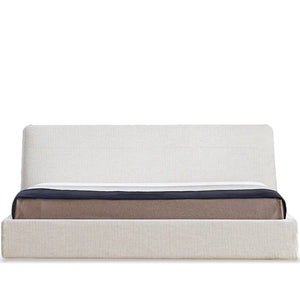
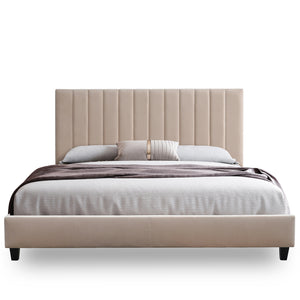
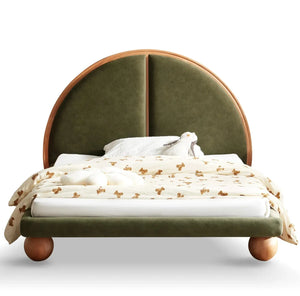
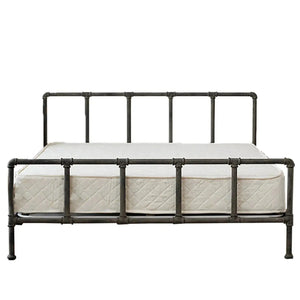
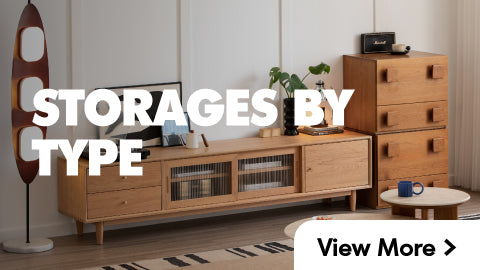


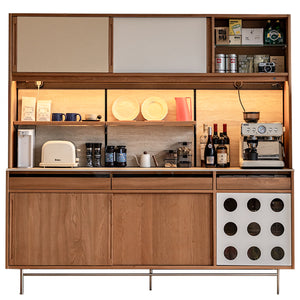



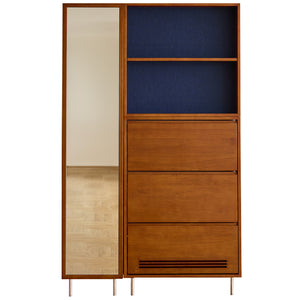



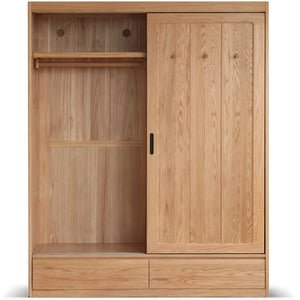
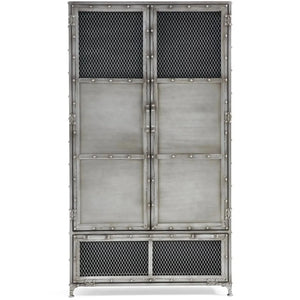
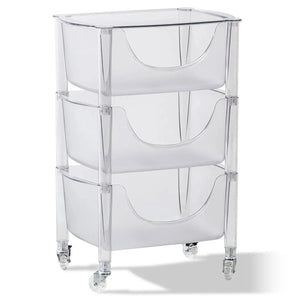
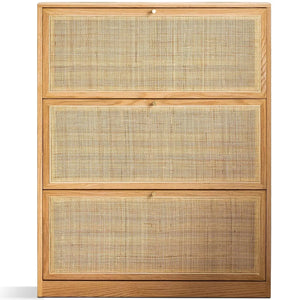
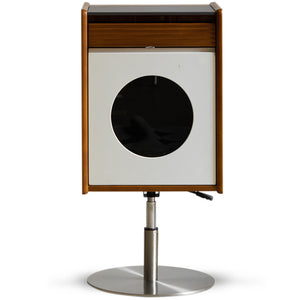

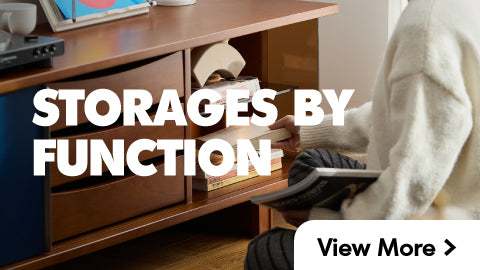
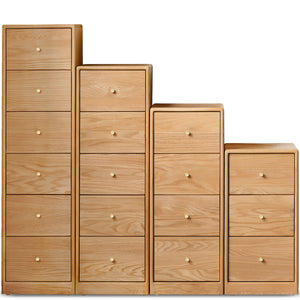
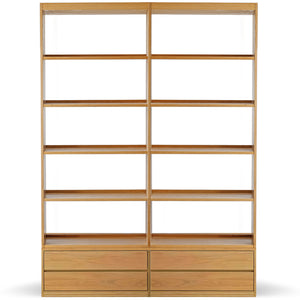
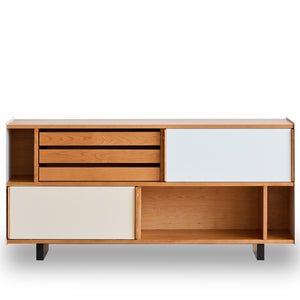
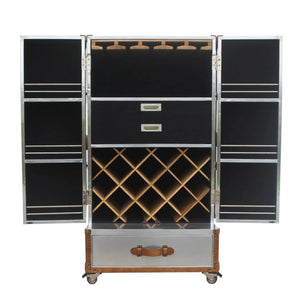

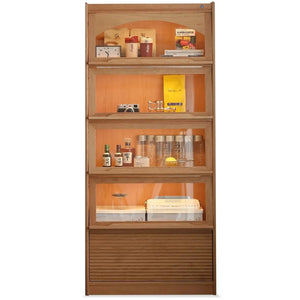
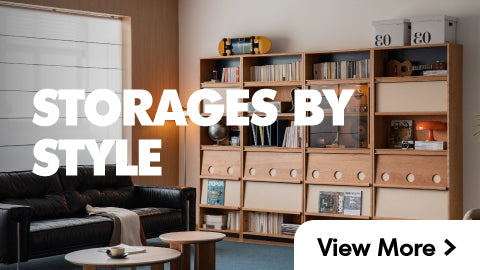
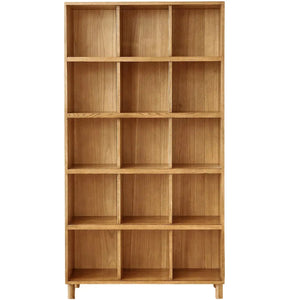
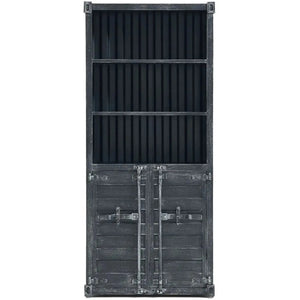
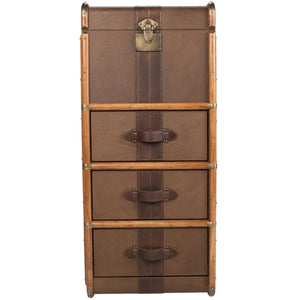
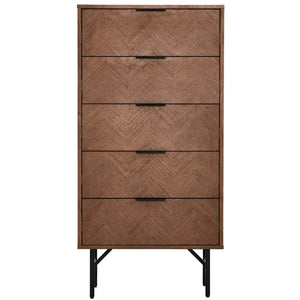
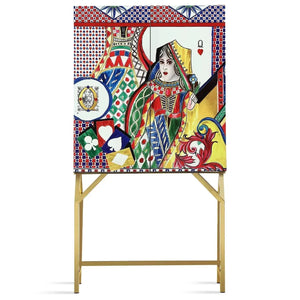
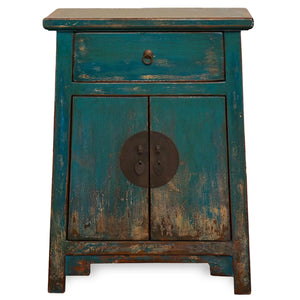


























































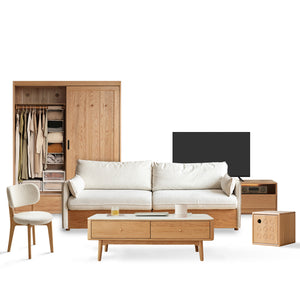
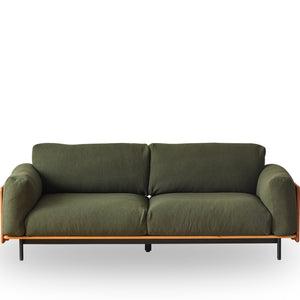
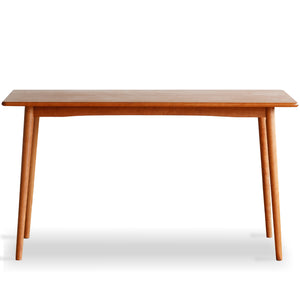
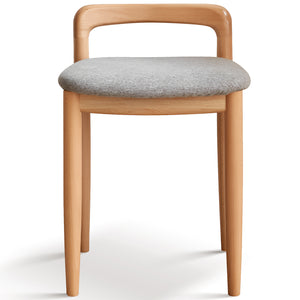
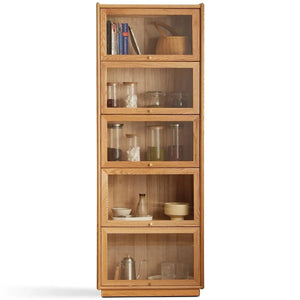



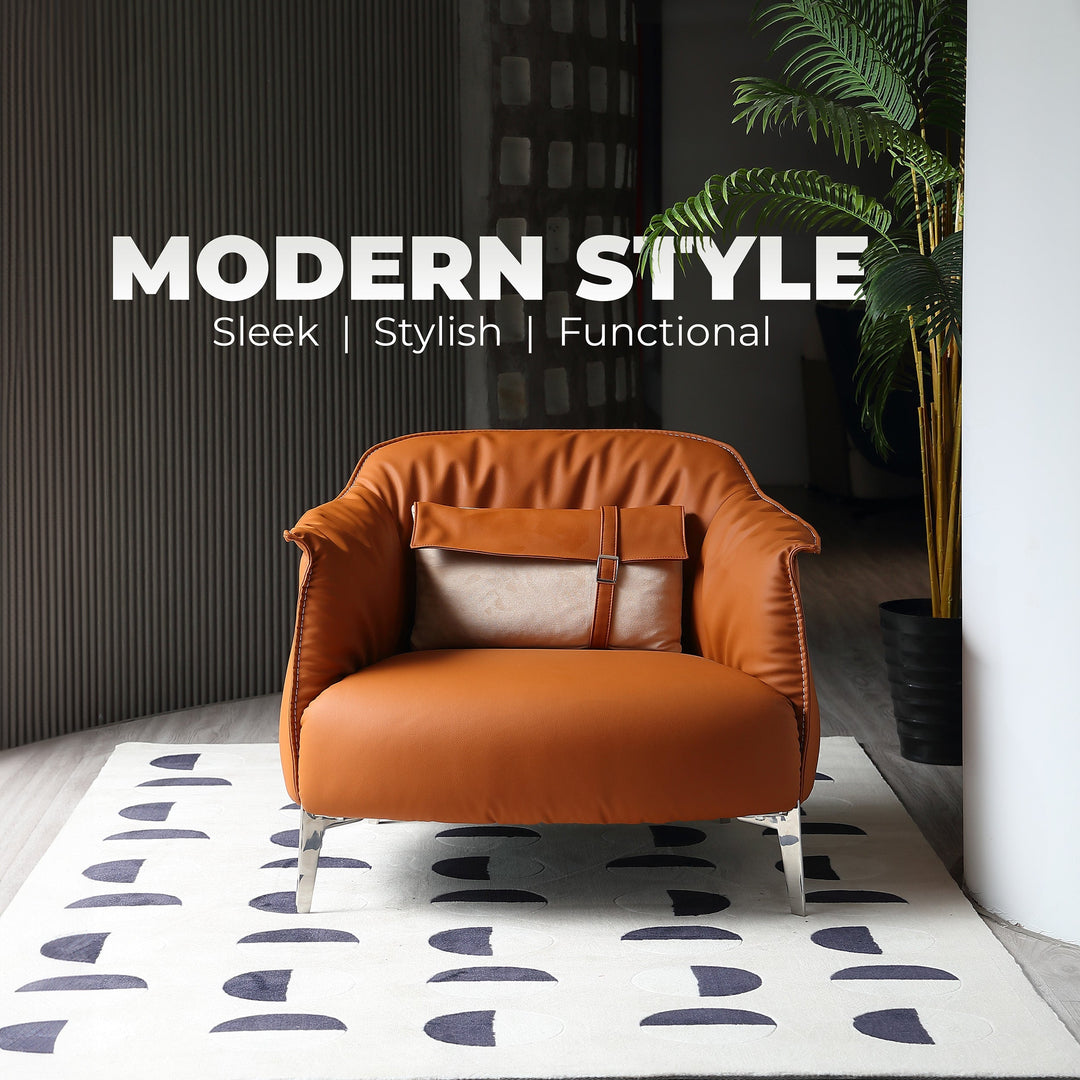
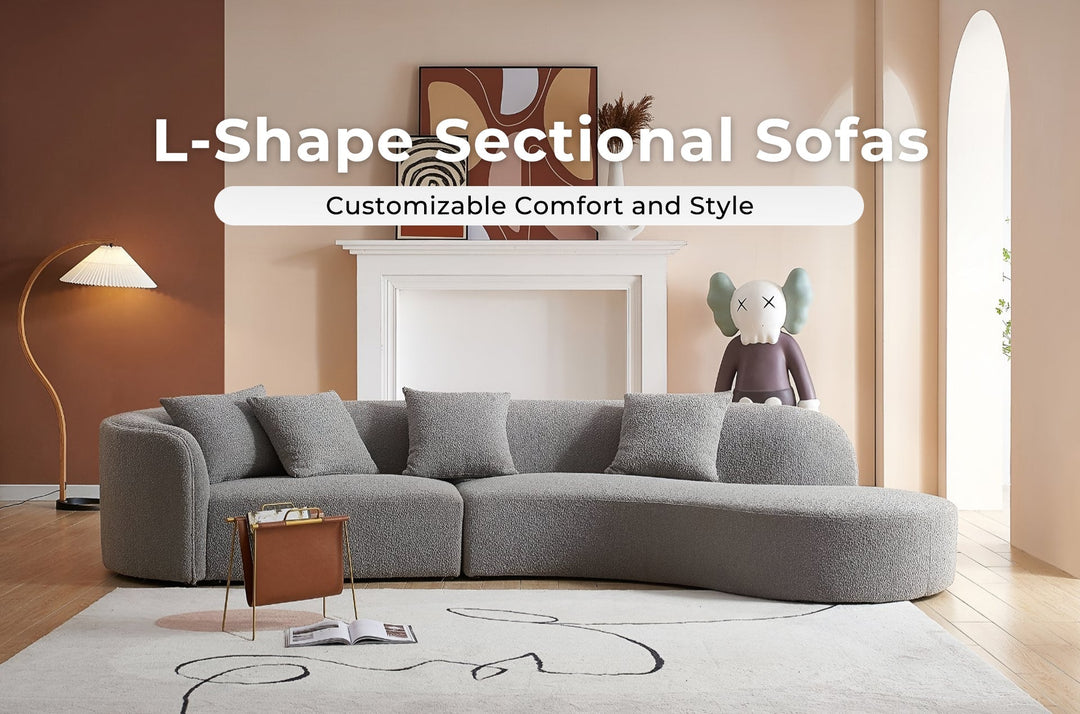

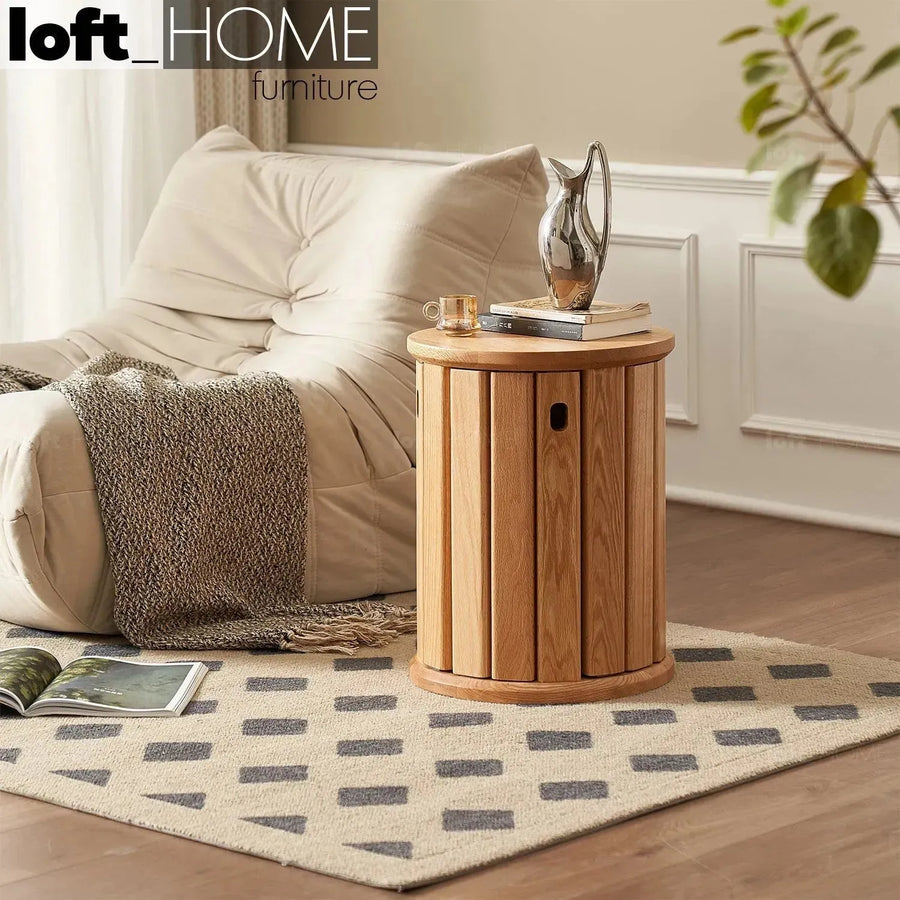
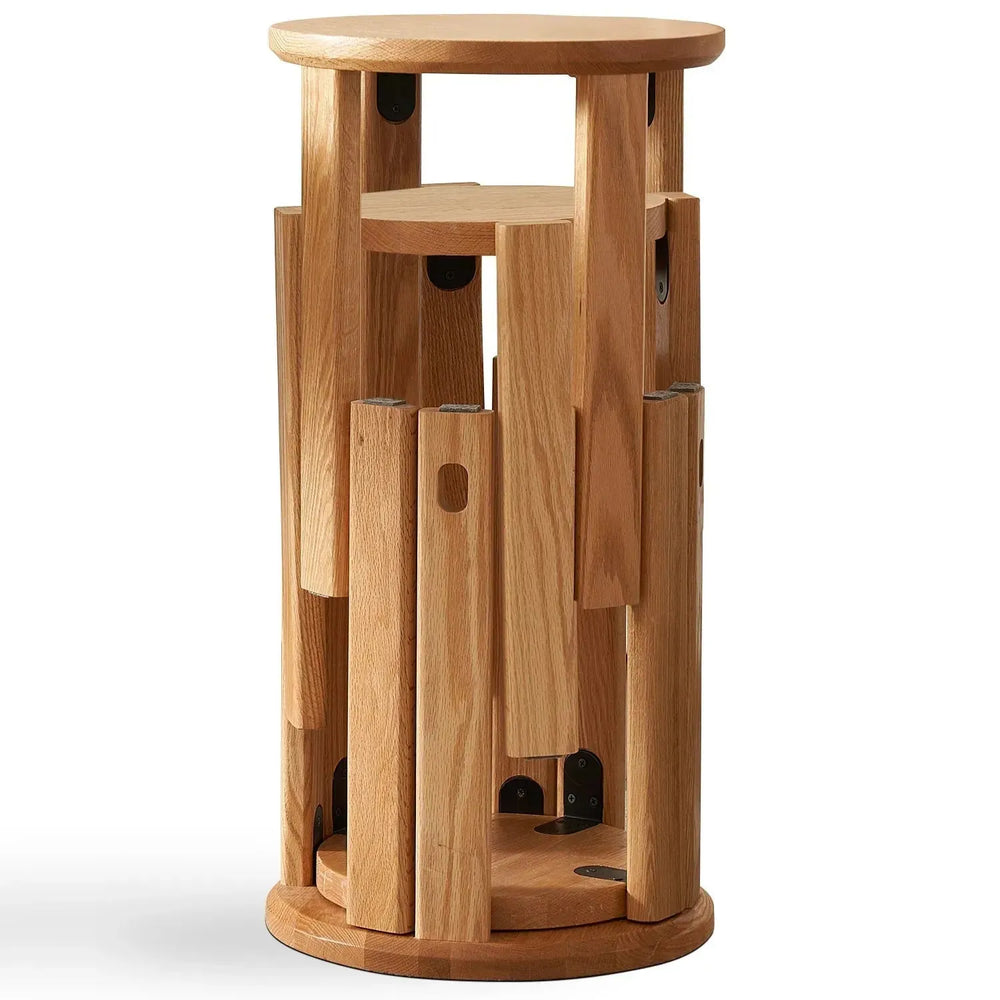




Leave a comment